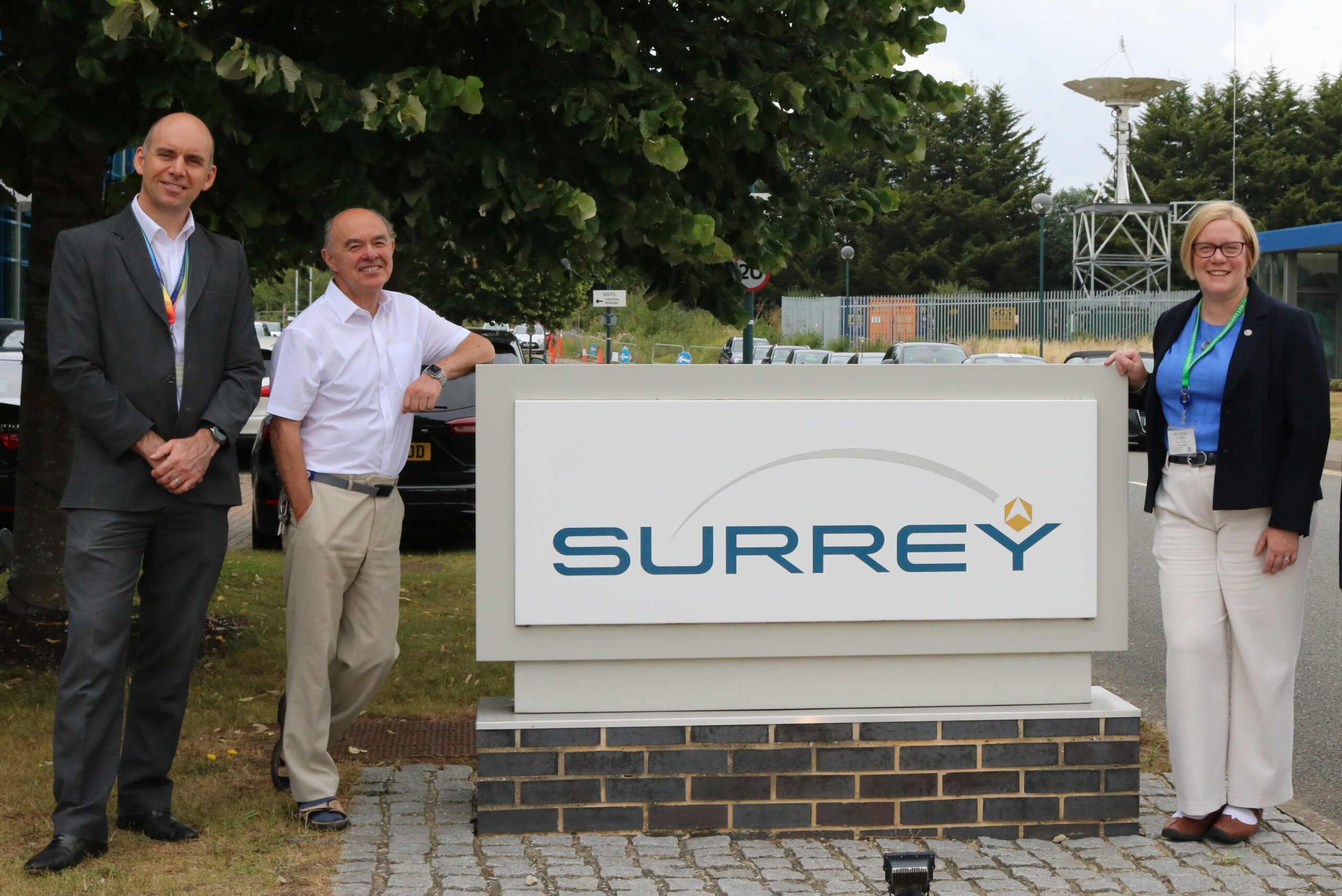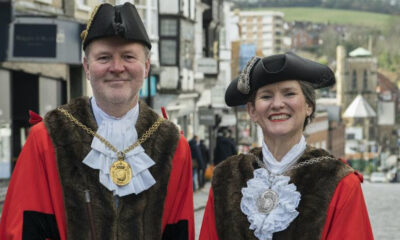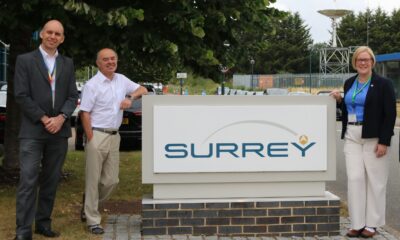Science
Guildford MP Zoë Franklin Celebrates 40 Years of SSTL Innovation

Guildford Member of Parliament Zoë Franklin visited Surrey Satellite Technology Ltd (SSTL) on March 15, 2024, as part of the company’s celebrations marking its 40th anniversary. The visit allowed Franklin to gain insights into SSTL’s latest satellite projects and its significant role in both the local economy and the broader UK space industry.
Growth and Innovation in Satellite Technology
Based in the Surrey Research Park, SSTL has evolved from a spinout of the University of Surrey into a leader in small satellite development. Founded in 1985 by Professor Sir Martin Sweeting, the company has successfully launched over 70 satellite missions. SSTL has established a reputation for innovation and affordability, particularly in making space more accessible through cost-effective satellite designs.
Today, SSTL is a vital employer in Guildford, drawing skilled engineers, researchers, and technicians to the area. During her visit, Franklin participated in SSTL’s weekly “Family Meeting,” addressing employees about her political journey and the importance of supporting high-tech industries in the region. She emphasized that companies like SSTL are critical for driving innovation and creating high-skilled jobs, thereby enhancing the UK’s competitive edge in science and technology.
Engaging with the Future of Space Exploration
Following the meeting, Franklin toured SSTL’s “cleanroom” facilities, where she observed various satellite missions currently under development. She was accompanied by Andrew Cawthorne, SSTL’s managing director, and Professor Sweeting, who highlighted the diverse range of platforms the team is working on, including Earth observation satellites, communications systems, and space science missions.
The visit also underscored SSTL’s commitment to the local community. Beyond its contributions to the space sector, the company collaborates closely with the University of Surrey and local schools to inspire students to pursue careers in STEM (Science, Technology, Engineering, and Mathematics). SSTL regularly organizes outreach events, offers work experience placements, and supports student-led space initiatives.
As SSTL celebrates four decades of innovation, the company remains focused on the future, preparing for upcoming satellite launches later this year and an increasing role in international space collaboration. This anniversary coincides with a renewed national emphasis on the UK space sector, further solidifying SSTL’s position as a cornerstone of Guildford’s scientific and technological landscape.
-

 Entertainment3 months ago
Entertainment3 months agoAnn Ming Reflects on ITV’s ‘I Fought the Law’ Drama
-

 Entertainment4 months ago
Entertainment4 months agoKate Garraway Sells £2 Million Home Amid Financial Struggles
-

 Health3 months ago
Health3 months agoKatie Price Faces New Health Concerns After Cancer Symptoms Resurface
-

 Entertainment3 months ago
Entertainment3 months agoCoronation Street’s Carl Webster Faces Trouble with New Affairs
-

 Entertainment2 weeks ago
Entertainment2 weeks agoCoronation Street Fans React as Todd Faces Heartbreaking Choice
-

 Entertainment3 months ago
Entertainment3 months agoWhere is Tinder Swindler Simon Leviev? Latest Updates Revealed
-

 World2 weeks ago
World2 weeks agoBailey Announces Heartbreaking Split from Rebecca After Reunion
-

 Entertainment4 months ago
Entertainment4 months agoMarkiplier Addresses AI Controversy During Livestream Response
-

 Science1 month ago
Science1 month agoBrian Cox Addresses Claims of Alien Probe in 3I/ATLAS Discovery
-

 Health5 months ago
Health5 months agoCarol Vorderman Reflects on Health Scare and Family Support
-

 Entertainment4 months ago
Entertainment4 months agoKim Cattrall Posts Cryptic Message After HBO’s Sequel Cancellation
-

 Entertainment3 months ago
Entertainment3 months agoOlivia Attwood Opens Up About Fallout with Former Best Friend



















